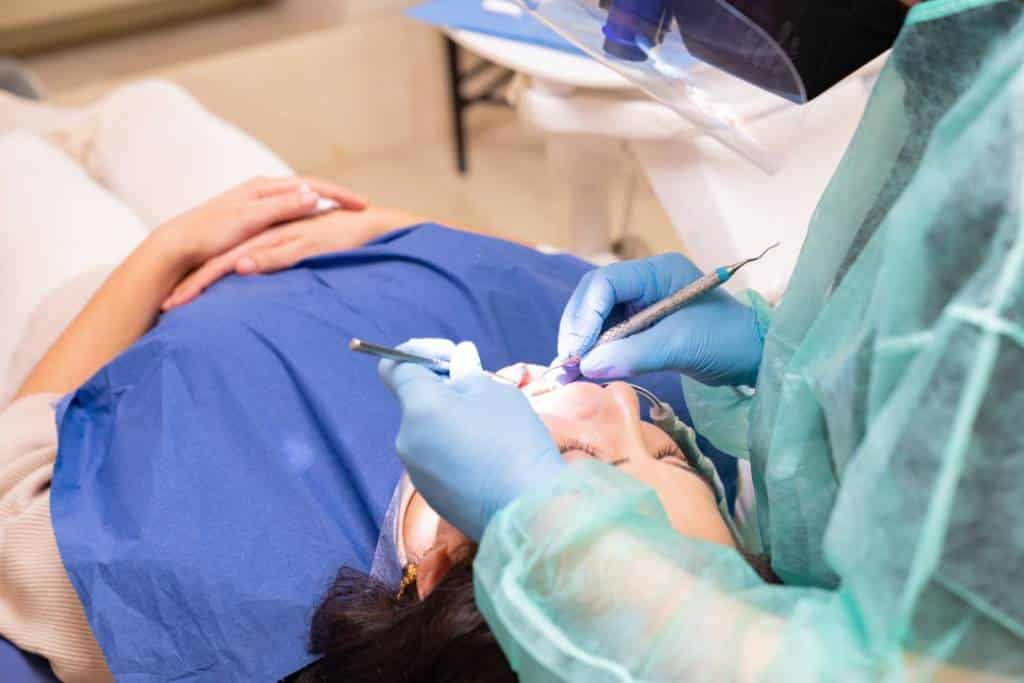The stomatognathic system consists of teeth, temporomandibular joints, and the neuromuscular system. The disharmony of the system can generate headaches and other painful symptoms. Dental malocclusion describes the abnormal matching relationship between the upper (maxillary) and lower (mandibular) teeth.
The imperfect occlusion of the dental arches can give rise to masticatory disorders and produce functional or morphological disharmonies and dental wear and induce symptoms in other anatomical districts, for example, cervicalgia (cervical pain) and in other areas of the spine, muscle-tension headaches and tinnitus.

The relevance of these symptoms depends on the severity of the pathology.
The therapeutic means used vary according to the clinical diagnosis formulated during the specialist visit supported by instrumental examinations such as nuclear magnetic resonance, TMJ stratigraphy, electromyography, and study models mounted in the articulator.
Therapy through “Bite-plane” (occlusal device for treating cranio-mandibular dysfunctions) is often suggested, which, however, is indicated only for certain types of dysfunctions. If misapplied, in addition to not helping the patient, it worsens the painful symptoms.
Possible causes of malocclusion can be:
Dental malocclusions
Loss of teeth and their non-replacement
Degenerations from rheumatoid arthritis
Previous incongruous prosthetic reconstructions
Parafunctional such as bruxism (grinding teeth) or clenching (clenching teeth)
Therapeutic means
The possible therapies, single or in combination, can be:
Occlusal plates: release plate, bite planes, orthoptics to recapture and stabilize the meniscus, Michigan plate, etc.
Orthodontic treatments
Selective grinding
Prosthetic reconstructions
Postural therapy
Combination of the above
Each patient has numerous anatomical, biological, and psychological variables that make him unique. The specialist visit and the evaluation of instrumental and radiographic data associated with the patient’s clinical history will allow the formulation of a personalized care plan that fully meets the needs and expectations of the individual patient.